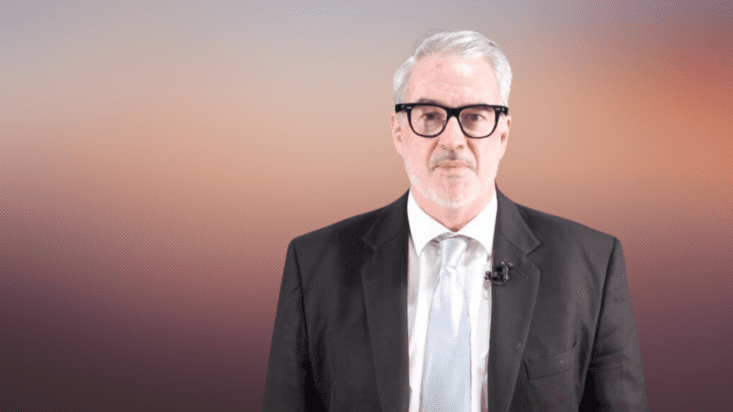More clients per adviser forecasted as Australia follows UK industry evolution
More than a decade on from the UK’s Retail Distribution Review (RDR), which brought about several rules aimed at making the financial system fairer and more efficient for consumers, their advice ecosystem is reaping the benefits.
In Australia, where advisers have about half the amount of post-review development that the UK does, the needle is only starting to move.
While the Hayne Royal Commission and the RDR aren’t identical, they are analagous and the effect they’ve had on their respective industries is worth studying.
According to Andrew Inwood, chief executive at research outfit CoreData, one of the most telling benchmarks to correlate is the level by which technology usage has evolved in the two industries, and how much that is effecting the bottom line for advisers.
If we’re looking to the UK’s precedent, he told a room full of advisers at a Vanguard event this week, there’s good news on the horizon.
“In the UK, they’re ten years or so post-RDR, which is their version of Hayne, and they’re much further along in the system,” Inwood said.
The cost to serve is decreasing significantly for advisers in the UK, which is having a dramatic effect on the number of clients they can reasonably service. Advice practices in the UK now have an average of 228 clients per adviser, compared to only 144 per adviser in Australia. That increase has come without experiencing a drop in revenue per client, either; both Australian and UK advisers charge about $8,000 per year for every client.
Efficiency via technology is a big part of this development. UK advisers now only use one investment platform instead of an average 2.7 in Australia. They have more in-house tech staff than Australian advisers as well, who are still entrenched in the outsourcing wave.
The digitisation of advice businesses and the compliance systems they rely on has already taken place in the UK, he continued, while it’s just starting here.
“One of the things that (UK) advice practices have been talking about there is that they understand what was called their Target Operating Model, ie what systems they use, what processes and operations they use,” he said. “They could describe the most efficient practice model and really know what that was.”
These developments will all make their way to Australia, Inwood believes. It will just take time. But the ones that start evolving their systems early will be the ones that really reap the benefit. “It’s all about the systems,” he said.











